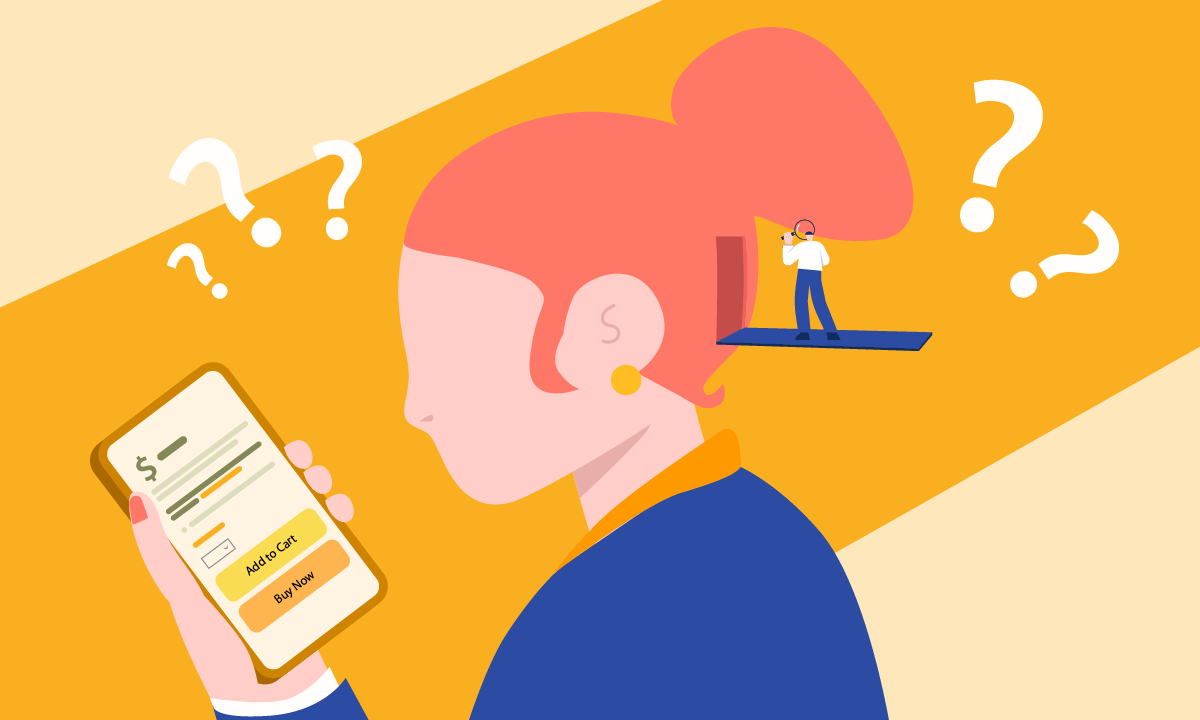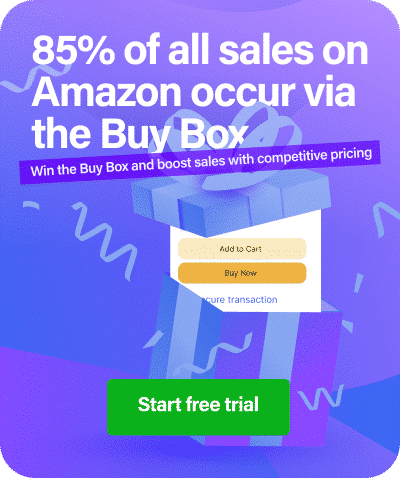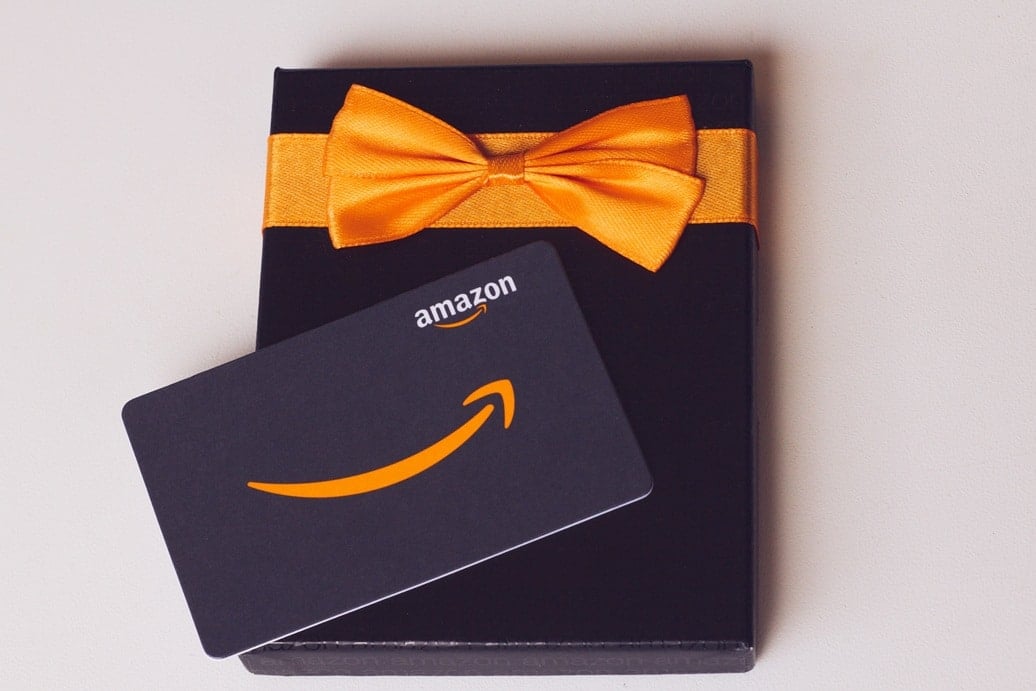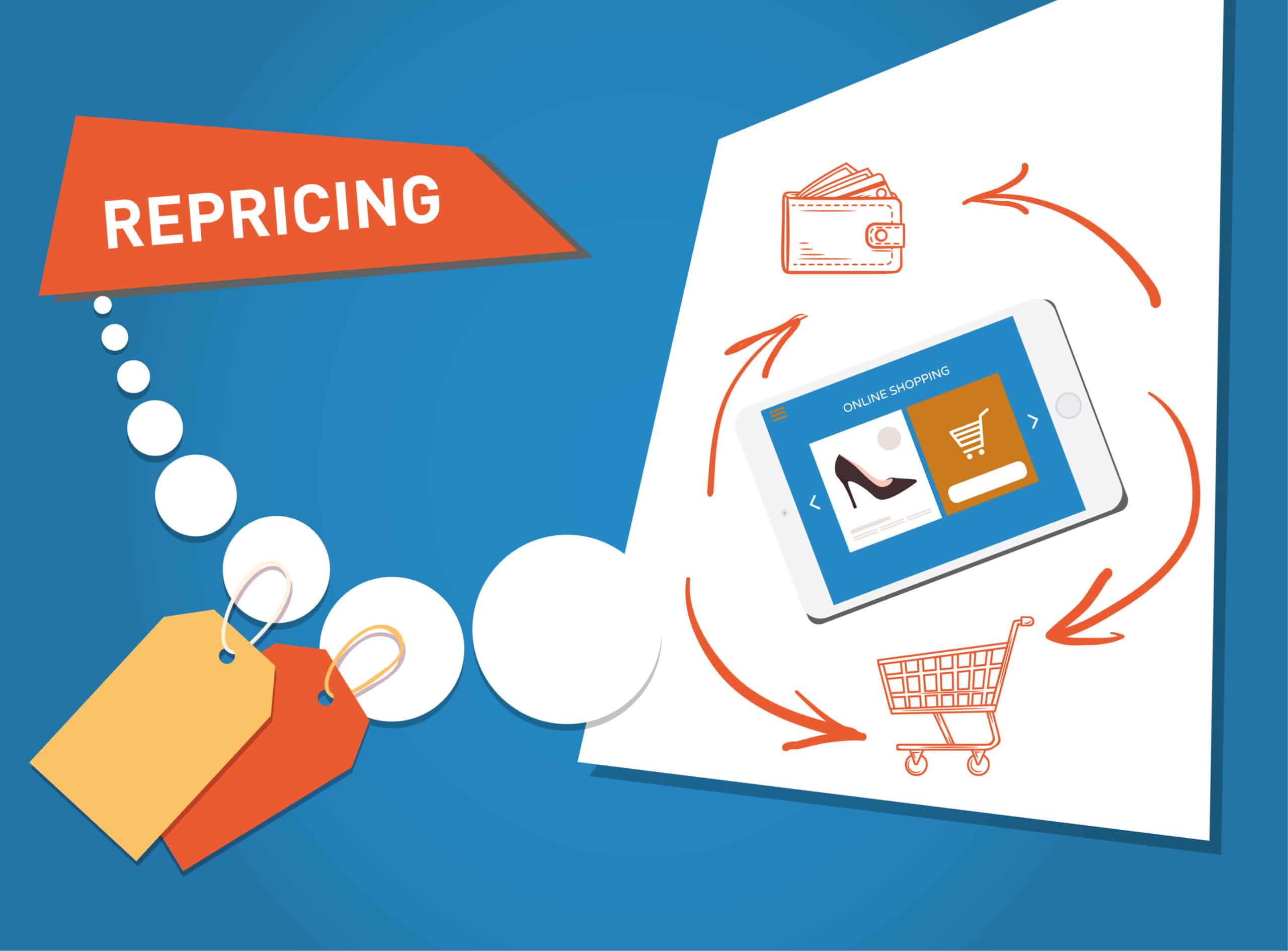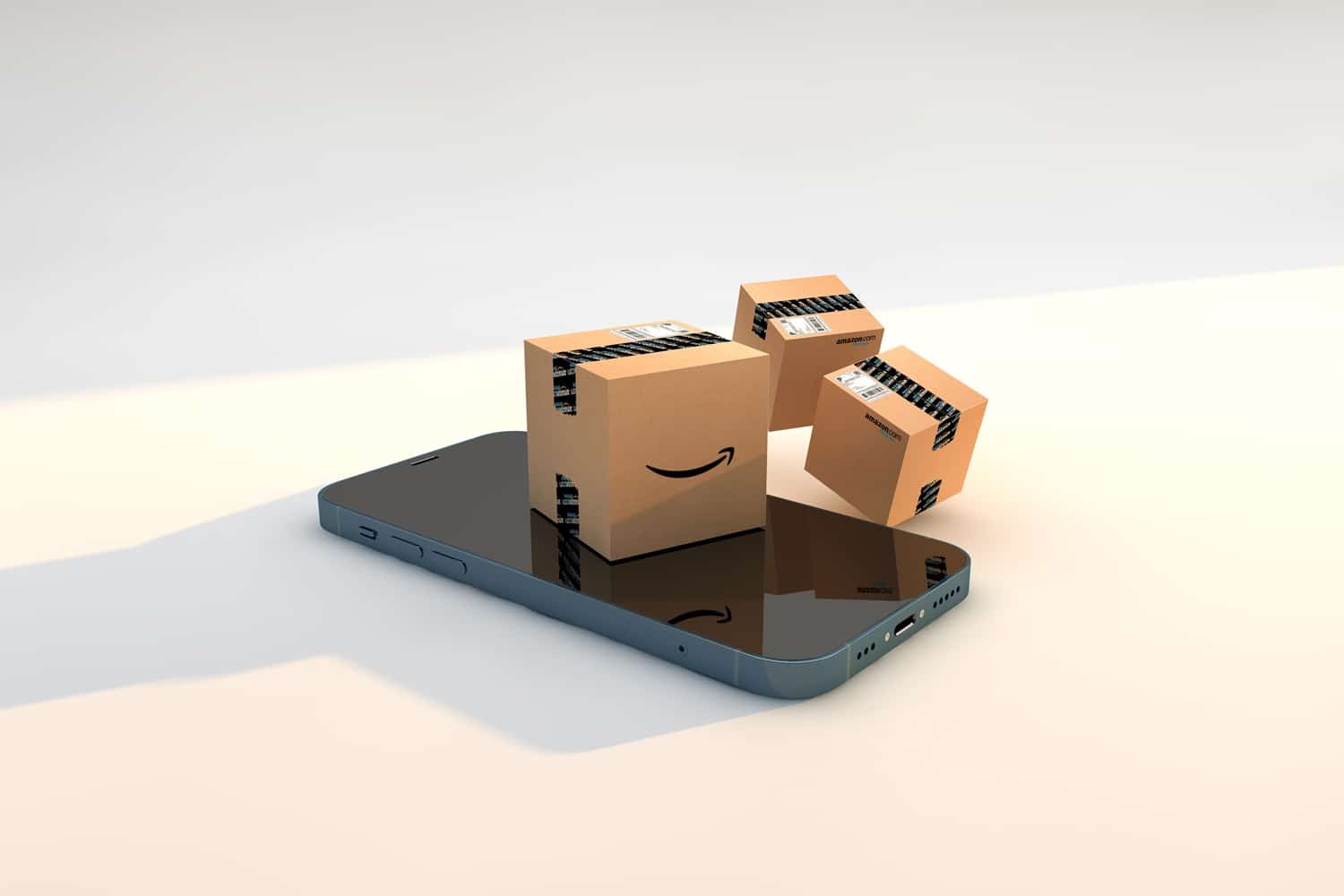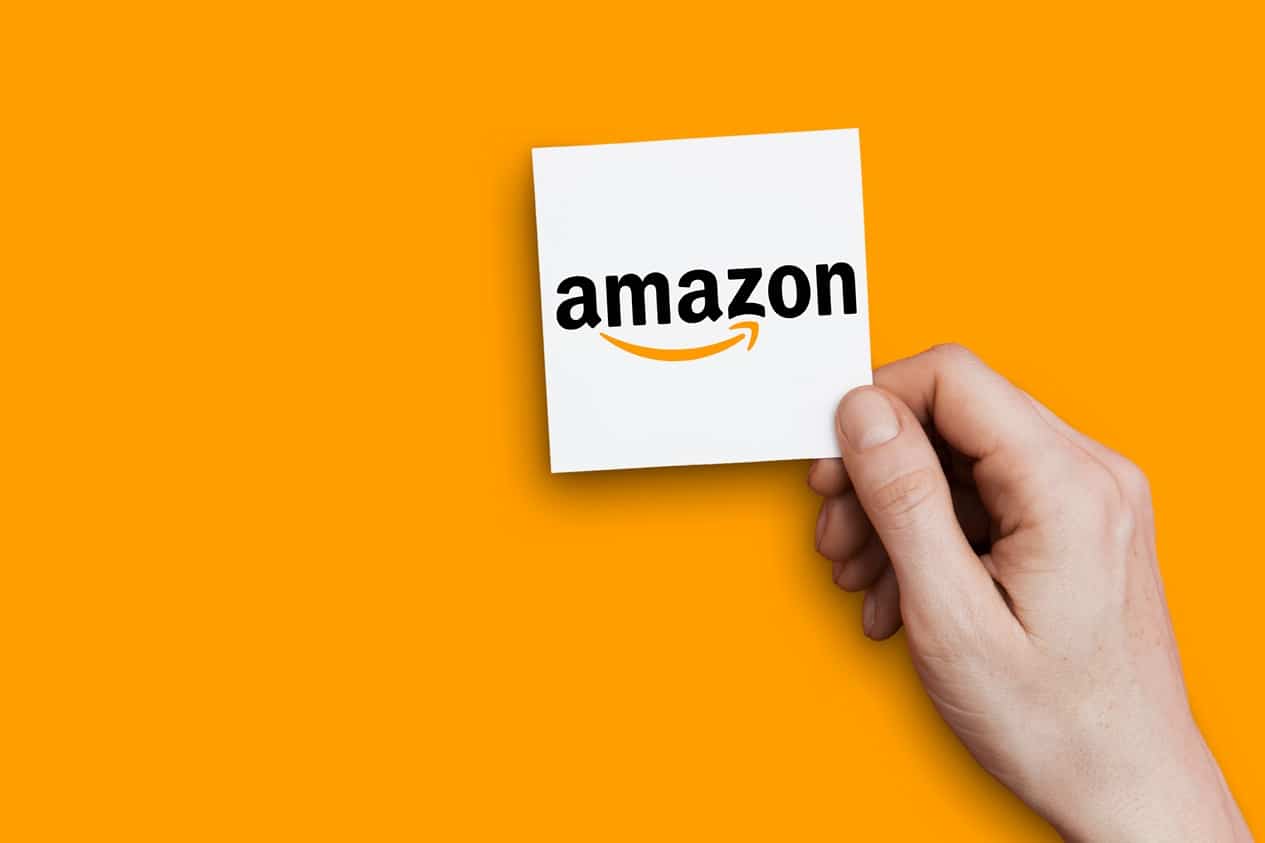When selling products on Amazon, success isn’t based on offering the lowest price. It’s about understanding how your pricing influences consumer decisions – how buyers perceive the product’s value and what motivates them to hit the “buy now” button.
This is where pricing psychology comes in.
This powerful tool can significantly impact your sales. From the way prices are presented to the emotions they evoke, smart pricing strategies can transform your bottom line.
According to research from Capital One Shopping, the right pricing strategy can boost sales by 60%. Even more telling, 80% of shoppers are more likely to consider a new product when they spot a price drop, and 67% admit to making impulse purchases when offered a deal.
What is Pricing Psychology?
Pricing psychology shows how small changes in how prices are displayed can influence buying decisions. For example, setting a price at €19.99 instead of €20 might seem insignificant, but it makes a product feel cheaper, encouraging more purchases. Similarly, offering limited-time discounts or framing a price as a bargain can trigger a sense of urgency or excitement, pushing customers to act quickly.
These strategies help businesses connect with customers psychologically, enhancing the perceived value of products and driving sales without relying solely on deep discounts.
So, how can you use pricing psychology to your advantage on Amazon? Let’s take a look at some practical strategies.
- Build Trust with Price Perception
Amazon has built a reputation for offering competitive pricing on everything from electronics to everyday goods, but price perception – how a customer views the value of a product – can be just as important as the actual price. For example, a grocery retailer in the U.S. was able to match its competitors’ price perception even though its prices were 15% higher.
On Amazon, maintaining strong seller ratings is key to improving your price perception. Shoppers are more likely to trust your pricing if they see that you have good reviews and a solid track record as a seller.
Offer More with Bonus Packs
Discounts aren’t the only way to add value. Offering bonus packs can be just as effective, if not more so. Studies show that buyers are willing to spend 73% more on a product labelled as a “bonus” compared to one simply offered at a discount – even when the quantities are the same. The feeling of getting “something extra” is a powerful motivator for customers.
- Charm Pricing
Pricing a product just below a round number – like €19.99 instead of €20 – might seem like a simple trick, but it’s a proven method known as charm pricing. And it’s effective – 60.7% of prices in retail end in a nine.
This tactic takes advantage of the left-digit bias, where customers focus on the left-most number and perceive the price as much lower. For instance, the human mind often rounds €599 down to €500, even though the difference is just one euro.
Research consistently shows that prices ending in 99 outperform rounded prices, with some studies, like in the book Priceless, noting up to a 24% increase in sales for charm prices. It’s a powerful way to create the perception of a deal, especially for non-luxury products where value matters most.
On Amazon, charm pricing might have less influence in the Buy Box – which captures 83% of sales – but it’s still a smart strategy for listings that don’t rely on the Buy Box. When used in the right context, even a small difference in price can impact how customers perceive your product and boost conversions.
- Temporary Price Reductions
Lowering your prices temporarily is a powerful way to attract new customers and boost sales.
In fact, 80% of shoppers are likely to try a new brand or product when they notice a temporary price cut.
For newer brands or during highly competitive periods, this tactic can help you stand out and grab attention.
Give Shoppers the Deal They Want
Millennials, a cohort that spends 2.49% more on retail than the average consumer, are particularly deal-driven – 69% of them actively search for a discount before making a purchase.
Amazon makes it easy to tap into this behaviour with deal options and features like Lightning Deals and Coupons, which create urgency and encourage buyers to click “Add to Cart.”
- Price Anchoring
Price anchoring occurs when customers are shown a higher price first, which makes the next price they see seem like a better deal in comparison. This psychological tactic works by establishing a reference point, or “anchor,” that customers use to evaluate other prices. For example, a jeweller might show an €18,000 engagement ring first, making a €15,000 ring feel like a bargain in comparison.
Price anchoring works particularly well for businesses with tiered pricing models, where different versions of a product are presented at various price points. By positioning a higher-priced option first, the lower-priced alternative feels like a better deal, even if the price difference isn’t large.
Experienced buyers also use price anchoring based on their own knowledge. For instance, a professional videographer would instantly recognise a great deal on high-end camera equipment because they know the typical market prices. This internal “anchor” helps them evaluate whether the price they’re seeing is fair.
Important Considerations
When using price anchoring, be mindful of the following:
- Avoid over-inflating the anchor price, as it could lead to a loss of credibility with your customers.
- Large discrepancies between the anchor price and the selling price may raise suspicion.
- Overusing price anchoring can desensitise customers, making the tactic less effective over time.
How to use Price Anchoring on Amazon
Although Amazon sellers can’t directly control price anchoring in the same way as other businesses, the platform itself naturally creates this effect. On product pages, Amazon often lists similar items with higher or lower prices, giving customers a built-in reference point to compare. This comparison subtly guides buyers toward seeing certain products as better deals.
Amazon also reinforces price anchoring by displaying both the original and discounted prices during promotions. When shoppers see how much they’re “saving,” it enhances the perceived value and creates a stronger incentive to purchase.
How to Apply Pricing Psychology to Your Amazon Products
Amazon’s platform is designed with pricing psychology in mind. Once you’re familiar with these strategies, you’ll notice how Amazon uses them throughout the site to influence buyer behaviour.
As a seller, you can’t change how Amazon’s interface works, but by adopting the right pricing tactics and maintaining strong seller ratings, you can tap into these built-in psychological triggers to boost your success. A combination of smart pricing and high ratings can help you take advantage of how customers perceive value on the platform.
For example, Amazon employs multiple pricing psychology strategies, such as:
- Prime Label: Boosts price perception by signalling trust and value to customers.
- High Ratings: Positive reviews reinforce price perception, making buyers feel confident in their purchase.
- Price Anchoring: When a product is listed next to higher-priced items, it appears to be a better deal.
- Amazon’s Choice Badge: Signals quality and trustworthiness, which can enhance price perception. Sellers can work to earn this badge by improving their seller metrics.
- Discounts and Limited-Time Deals: Amazon often shows both the original and sale price, using price reductions and price anchoring to create urgency and perceived savings.
By aligning your strategies with these features, you can significantly improve your chances of success on Amazon.
Dynamic Pricing with Repricer
A dynamic pricing strategy is essential for maximising Amazon’s built-in pricing psychology features. By automatically adjusting your prices to stay competitive, you can make sure your product benefits from price anchoring – where your lower price stands out when shown next to more expensive alternatives.
Using solutions like Repricer allows you to automate temporary price drops, positioning your product as the best deal during high-traffic periods. Additionally, dynamic pricing plays a crucial role in securing the Buy Box, which captures over 80% of sales on Amazon. Keeping your prices competitive and maintaining strong seller ratings significantly boosts your chances of winning the Buy Box, giving your product greater visibility and driving more sales.
Whether you’re selling private label products, drop shipping, or working with arbitrage, Repricer gives you the flexibility to do more than just adjust prices. It also helps you keep an eye on key seller metrics, allowing you to manage both pricing and reputation. With this combination of tools, you can ensure your prices remain competitive while maintaining the strong seller ratings that are so important on Amazon.
To learn more about Repricer’s dynamic pricing features or speak to a member of our team, visit our website and sign up for a free trial.
Frequently asked questions
1. What is Amazon’s psychological pricing strategy?
Amazon uses psychological pricing tactics such as charm pricing, where items are priced just below a round number, like €19.99 instead of €20. This subtle difference makes the product feel more affordable and can encourage buyers to make a purchase.
2. How does pricing psychology help increase Amazon sales?
Pricing psychology taps into the way buyers perceive value, increasing their impulse to purchase. Techniques like price anchoring and charm pricing create the perception of a better deal, which can boost sales.
3. How does Amazon influence buyer behaviour with pricing?
Amazon uses strategies like price perception, charm pricing, and price anchoring, showing products with varying prices to encourage buyers to see certain items as better deals. Features like the “Amazon’s Choice” badge and high ratings also enhance trust and influence purchasing decisions.
4. What is price anchoring on Amazon?
Price anchoring on Amazon occurs when a higher-priced item is displayed next to a lower-priced one, making the lower price seem like a better deal. This tactic helps guide buyers toward products that appear more affordable by comparison.
5. How does Amazon’s dynamic pricing strategy work?
Amazon employs dynamic pricing, where product prices fluctuate based on market conditions, competitor prices, and demand. This strategy allows sellers to stay competitive and increases their chances of winning the Buy Box, which accounts for the majority of sales.
